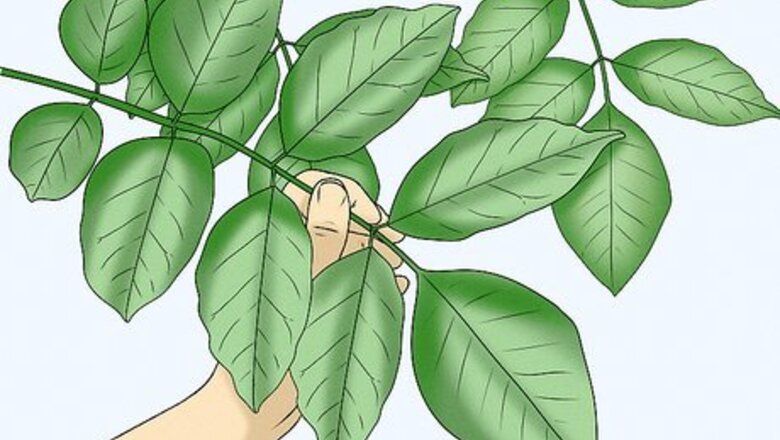
views
Comparing Branches

Pull down a branch from the tree so that you can view it more easily. You can also pick up a dead stick that has already fallen to the ground.
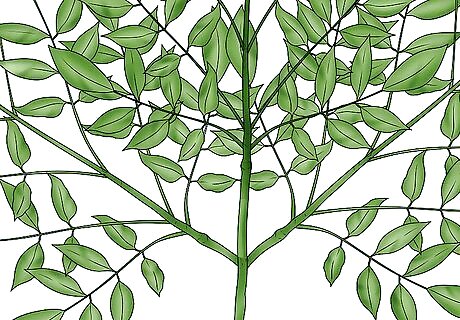
View whether the branches have opposite branching. This means that branches originate from the same point when they extend from the main branch. Other trees have alternate branching, with branches alternating left and right as they grow from the main branch. Boxelder, Dogwood and Maple trees also have opposite branching. Hickory, Butternut, Oak, Cottonwood and Quaking Aspen trees have alternate branching.
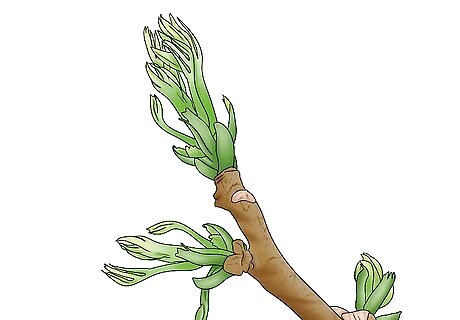
Find the buds for new branches. They should be directly across, or opposite, from each other. Occasionally, a bud with die and fall off, causing it to lose a mate.
Comparing Leaves and Seeds
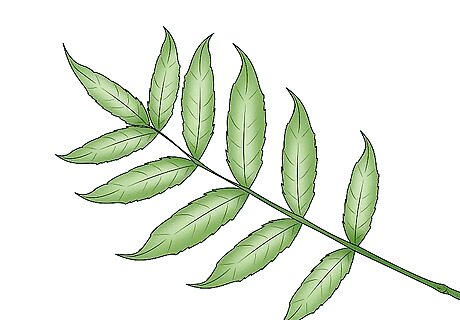
Find a branch with leaves on it. An Ash tree has a compound leaf structure, rather than a single leaf structure. Look for the thickened base of the stem, called a petiole, and decide whether there is a single leaf or 5 to 11 smaller leaflets that branch out from that point. These 5 to 11 leaflets compose a single leaf. A Maple tree is an example of a single leaf tree that has one large leaf extending from the petiole.
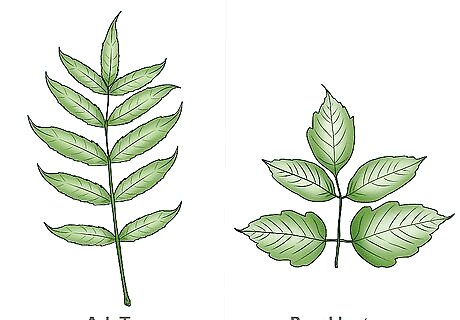
Combine the opposite branching and compound leaves to decide if the tree is an Ash. The only other tree that shares these two characteristics is a Boxelder tree. Yet, the Boxelder tree has three to five leaflets instead of five to 11.
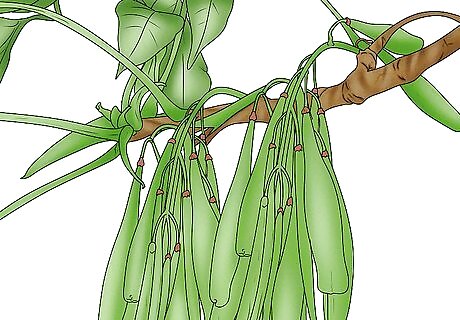
Find light green or brown clusters of seeds. They are paddle shaped and look like small delicate leaves. They hang down in large groupings from the tree. Don’t assume a tree without seeds is not an ash tree. Some types of ash are seedless. Seed clusters only form in late fall and early winter. Boxelder seeds are also clustered; however, they look like wings, rather than paddles.




















Comments
0 comment